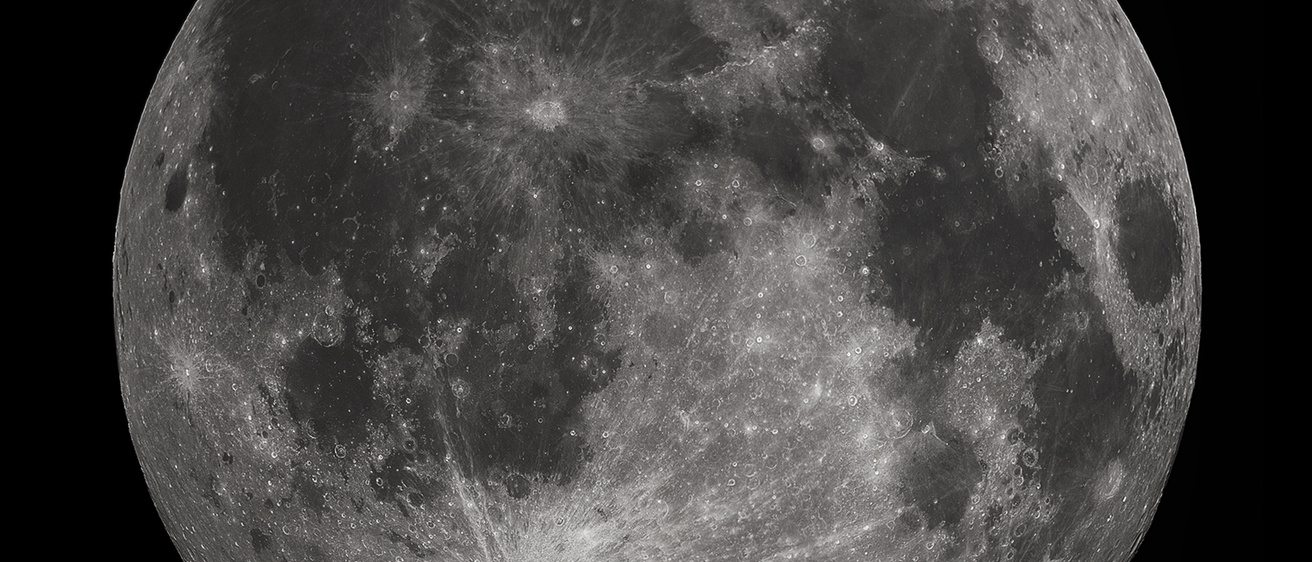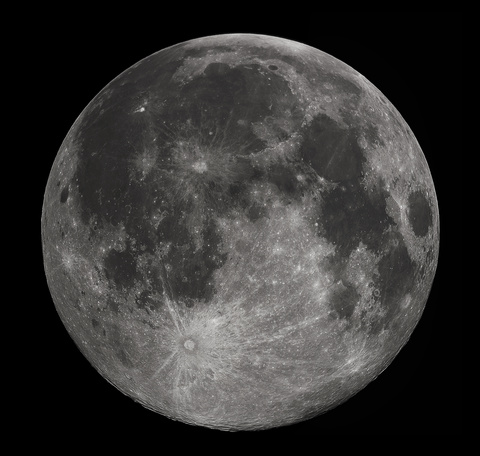
Breadcrumb
- Home
- Labs
- Observational Labs
- Tracking Solar System Objects
- Part 1: Observing Lunar Features
Part 1: Observing Lunar Features
Lunar Observing
The Moon is an extremely important object in solar system astronomy. Its surface retains features that tell us about the early history of the solar system. When you look at the surface of the Moon with a telescope, you are looking at a landscape that has changed very little over the past 3 billion years.
We will use one physical map and two websites for this lab. The lunar map is the ‘’Lunar 100 Card’’. This has a selection of 100 particularly interesting lunar features chosen by lunar scientist Charles A. Wood. The Lunar 100 Card can serve both as a Moon map as well as a finder chart to be used at the telescope.
There are two websites. The first is a general purpose Moon map, which will allow you to navigate the various maria and terrae. It is an excellent Moon Map operation by the Arval Observatory in Venezuela. A particularly good aspect of this map is that it has links for many lunar surface features, such as maria, craters, mons, etc. The links connect you to images by the US Geological Survey (USGS).
The second website shows pictures of the Lunar 100 sites, describes what they are, and gives the lunar longitude and latitude (called selenographic longitude and latitude) . Of particular importance, it also gives references to articles in Sky and Telescope which describes these features in some detail.

Description of the Surface
Your group will be supplied with an 8-inch Celestron telescope to observe the moon or a Galileoscope. These telescopes are the same as was used for the Introduction to Telescopes lab. Set up the telescope on the roof with a clear view of the moon, remembering to point the polar axis of the telescope north.
After assembling your telescope, observe the moon through the telescope or you can find an image of the moon here.
- What moon phase is it tonight? What side of the moon is illuminated?
- What is the altitude and azimuth of the moon tonight?
- What time will the moon be on the meridian?
- Make a sketch of the lunar surface as you see it through the telescope. Try to identify other notable surface features as well. Then label the terminator and lunar north, south, east and west on your sketch.